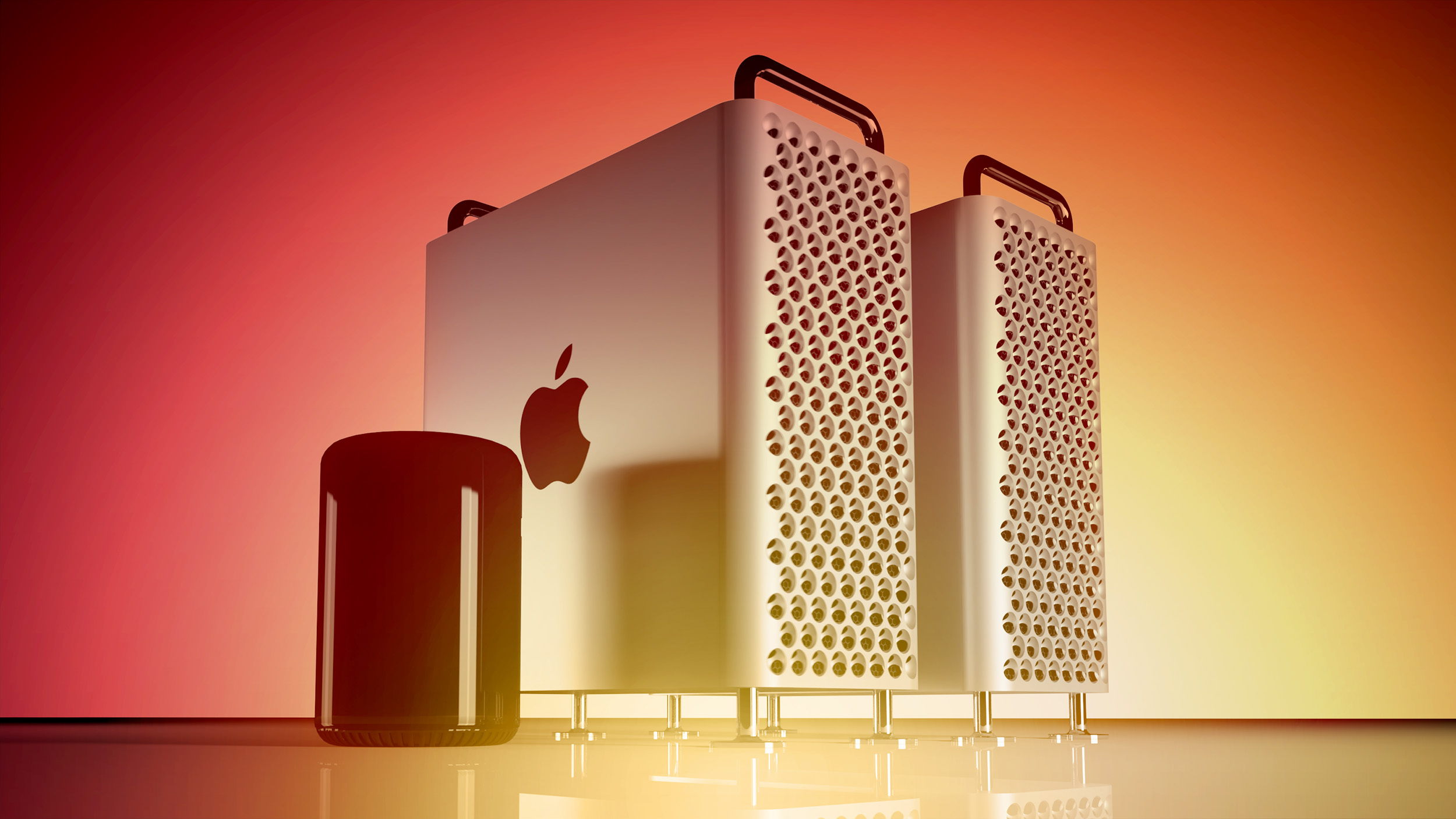
After switching to Apple silicon by adopting the M2 Ultra chip in 2022, the Mac Pro is widely expected to receive an upgrade to the as-yet-unannounced M4 Ultra chip this year.

Apple last updated the Mac Pro in June 2023, adding an M2 Ultra chip and officially completing the transition away from Intel chips. Apple will refresh the Mac Pro in the summer of 2025, according to Mark Gurman. Like the Mac Studio, the next Mac Pro will skip the M3 series. Instead it will be equipped with the highest-end version of the M4 chip, codenamed "Hidra." Based on the description of the chip, it could be positioned as an "Ultra" or "Extreme" chip. Gurman has said the M4 Ultra chip in the next Mac Pro will "probably" have up to a 32-core CPU and up to an 80-core GPU, which would be double the M4 Max's up to 16-core CPU and up to 40-core GPU. It could also support up to 512GB of memory, a notable increase over the current 192GB limit.
By the time the M4 Ultra Mac Pro is released, the current Mac Pro design will be over five years old. While there was a strong case for extensive PCIe expansion with the Intel-based Mac Pro in 2019, because it supported MPX modules and third-party graphics cards, that is no longer the case since the transition to Apple silicon. Likewise, though reviewers praised the Apple silicon Mac Pro's performance, questions have been raised about the device's purpose and high price point. It is also noticeable that by the summer of 2025, the current Mac Pro will be three years old.
Throughout 2022, there were rumors about Apple developing an "M2 Extreme" chip that doubled the capabilities of the M2 Ultra chip for superlative performance. The chip option was apparently cancelled because "[b]ased on Apple's current pricing structure, an M2 Extreme version of a Mac Pro would probably cost at least $10,000—without any other upgrades—making it an extraordinarily niche product that likely isn't worth the development costs, engineering resources and production bandwidth it would require." Considering that Apple was weighing up an all-new top-tier Apple silicon chip prior to the release of the current model, it isn't out of the question that the company could revisit the idea in 2026 or beyond.
Likewise, before the release of the Apple silicon Mac Pro, there were a multitude of rumors about the company redesigning the Mac Pro to feature a similar but more compact enclosure that was "about half the size." This smaller, redesigned Apple silicon model that was once believed to be in development could move forward after the release of the M4 Ultra version in 2025.
Apple could also revitalize the Mac Pro by offering new optional MPX modules that integrate with the Apple silicon architecture, such as a next-generation Afterburner accelerator card. Of course, it is also possible that the product line could ultimately merge with the Mac Studio. For now, Mac Pro rumors center on the long-awaited upgrade to the M4 Ultra chip later this year.
Article Link: Where Does Mac Pro Go Next After M4 Ultra?

